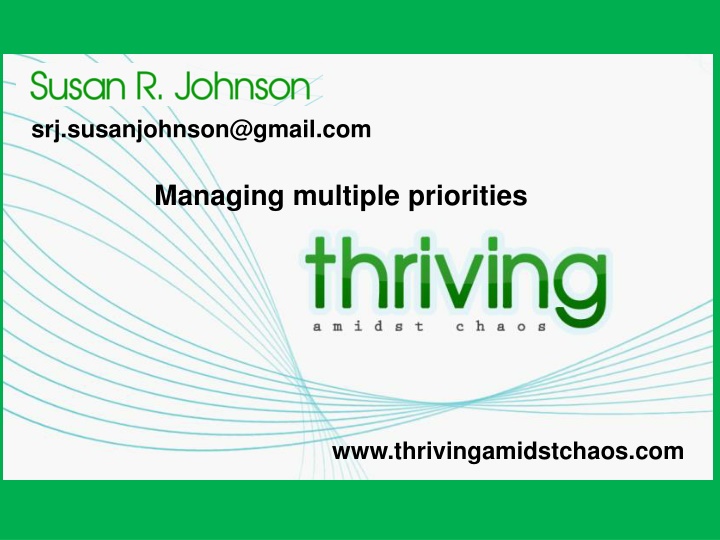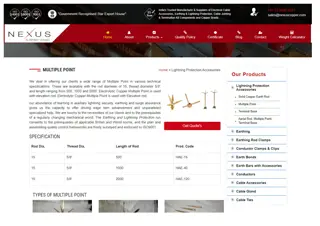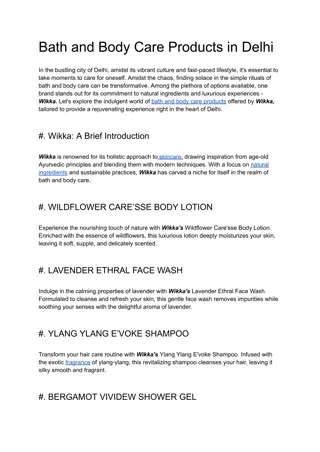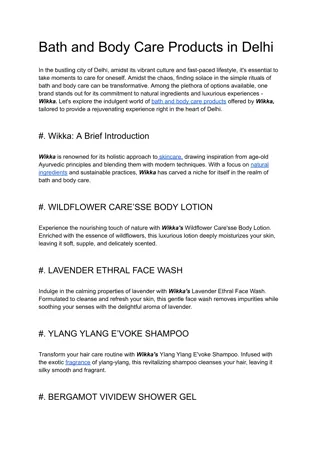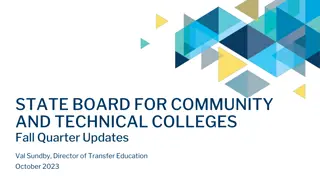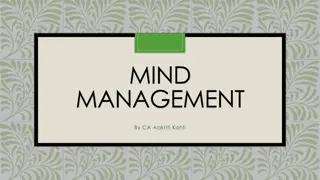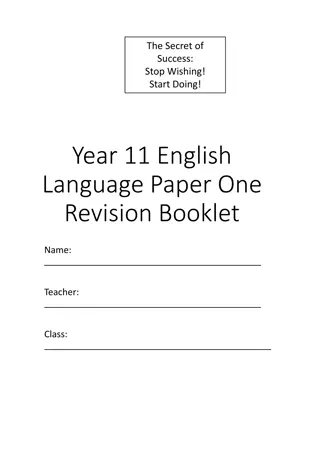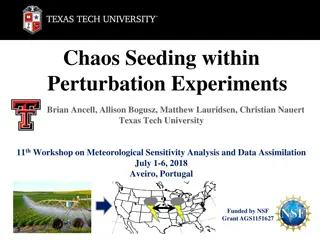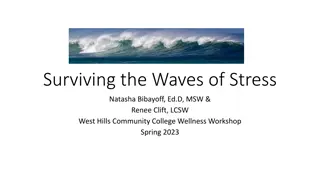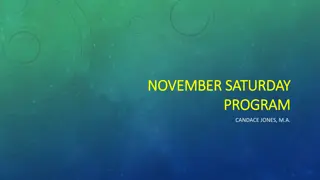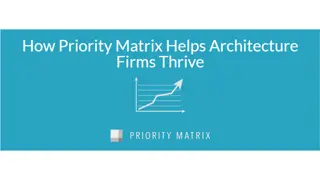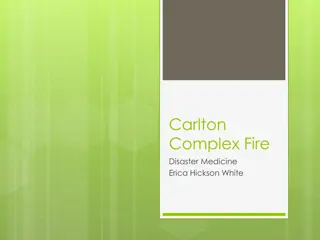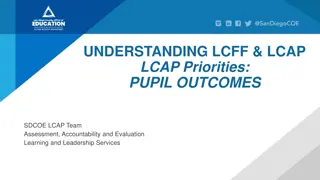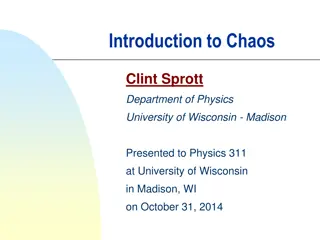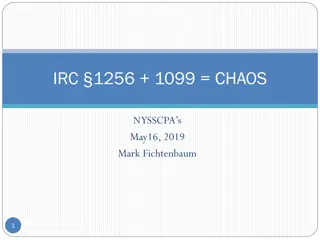Managing Multiple Priorities Amidst Chaos - Strategies for Success
Effective strategies for managing multiple priorities include maintaining a structured to-do list system, engaging regularly with Most Important Priorities (MIPs), and implementing weekly and daily tactical plans. Avoiding poorly defined tasks and utilizing external systems for tracking commitments can enhance productivity and reduce overwhelm. Keep a single master to-do list, differentiate between tasks and projects, and maintain a clear separation of personal and work-related responsibilities.
Download Presentation

Please find below an Image/Link to download the presentation.
The content on the website is provided AS IS for your information and personal use only. It may not be sold, licensed, or shared on other websites without obtaining consent from the author.If you encounter any issues during the download, it is possible that the publisher has removed the file from their server.
You are allowed to download the files provided on this website for personal or commercial use, subject to the condition that they are used lawfully. All files are the property of their respective owners.
The content on the website is provided AS IS for your information and personal use only. It may not be sold, licensed, or shared on other websites without obtaining consent from the author.
E N D
Presentation Transcript
srj.susanjohnson@gmail.com Managing multiple priorities www.thrivingamidstchaos.com
I feel thin, sort of stretched, like butter scraped over too much bread. - Bilbo Baggins We all have multiple priorities We all have multiple priorities THE CHALLENGE
Topics Core tool: An effective to-do list system Core strategy: Engage regularly with MIP s Core habit: Weekly & daily tactical plans
Topics Core tool: An effective to-do list system Core strategy: Engage regularly with MIP s Core habit: Weekly & daily tactical plans
How the brain works MMMMMMM MMMMMMMMMM MMMMM T T T T T T T T T T T T T T T T T T T T T T TM T T T T Your Brain Einstein s brain
Instead, keep track in an external distributed cognition system
A single calendar with all your time commitments + reminders = =
Avoid poorly defined to-do list items: Too vague: e.g. call Mary Instead: Call Mary (333-4444) to schedule lunch for next Wednesday to discuss new committee Some items are too big: e.g. K K- -application application Instead: Draft Aim 1 for K Draft Aim 1 for K Consider keeping a separate list of projects
Task List Project List PERSONAL Plan Dad s 80th birthday party Email my sister to check on dates WORK Hire research assistant Draft job description
* Master list /current work Ideas for later All work that is currently in progress, or needs to be started. Anything you might considering doing later
Topics Core tool: An effective to-do list system Core strategy: Engage regularly with MIP s Core habit: Weekly & daily tactical plans
Scenario1: With a deadline (e.g. grants) Scenario2: Without a deadline (e.g. many papers)
[make] real progress every single day. -- John Kotter (2008). A Sense of Urgency Konosuke Matsushita Professor of Leadership, Emeritus at the Harvard Business School
Try: At the start of the work day, work on HPW before you do anything else Or, find your best time do it
Schedule time blocks Mon o Have a goal for the block & a simple action to get started. 8 12 ** Focused Work ** 5 o Plan a starting task for the next session, then stop 8
Scheduled time block alternative Scheduled time block alternative: based on Neil Fiore s unschedule method. Mon Tues Wed Thur Fri Sat Sun 6:00 7:00 8:00 9:00 10:00 11:00 12:00 1:00 2:00 3:00 4:00 5:00 6:00 7:00 8:00 9:00 10:00 Keys: 1- Set an intention to do MIP work 2- Decide exactly what you will do 11:00
Distractions http://1.bp.blogspot.com/_uBDVqLOx6EY/S5g2FzIvcxI/AAAAAAAAAA4/uvUtPzl7l4s/s400/the+isolator.jpg
* Check your play store for a Pomodoro phone app
Topics Core tool: An effective to-do list system Core strategy: Engage regularly with MIP s Core habit: Weekly & daily tactical plans
At the beginning of the week: Sketch a plan for overall time use that supports your whole life
Plan work boundaries & personal / social activities Week of: 0600 0700 0800 0900 1000 1100 1200 1300 1400 1500 1600 1700 1800 1900 2000 2100 Monday Tuesday Wednesday Thursday Friday Saturday Sunday ` Calls with family Exercise Bike ride laundry cleaning Lunch Friends birthda y party groceries dinner dinner Eat out With friends dinner dinner dinner dinner Movie Day OFF PTO night
At the beginning of the week: Review and update your to-do list(s) Review your calendar(s) 3+ weeks forward Identify at least ONE chunk of MIP work that you want to complete in the coming week
At the beginning of the day: Ask yourself what you would like to accomplish in addition to scheduled and routine work
Daily: MIT list (highest priority work task)
srj.susanjohnson@gmail.com Contact me anytime with questions or comments, and, get articles on my website www.thrivingamidstchaos.com
Productivity Resources: general time management /organization/ productivity David Allen (2105). Getting Things Done: The art of stress free productivity, 2nd edition A popular, effective, comprehensive workflow and planning system. If you aren t sure about buying the book, go to https://www.dandywithlens.com/getting-things-done-gtd/ for a brief overview of this system Michael Hyatt (2019). Free to Focus. This book covers goal setting, planning, and executing to reach those goals and other relevant topics. NOTE: IMHO, the combo of Free to Focus and Getting Things Done provides a complete productivity system. Michael Linenberger. The One Minute To-do List (https://www.michaellinenberger.com/free1MTD.htm ) You can request a free pdf download of this book at the link above. The method is an effective way to create and manage your to-do (task) list, and can be used either as a stand alone, or as a complement to the GTD next action list method Laura Vanderkam (2015). I Know How She Does It: How Successful Women Make the Most of Their Time Vanderkam is a journalist and author who became interested in how people spend their time, and now writes books about successful strategies. This book focuses on the actual experiences of a group of 100 women who have busy professional careers and children at home, and who kept time diaries for a week. Vanderkam analyzed the diaries and identified strategies these women use to be successful in both spheres. Not just for women! Cal Newport (2012) So Good They Can t Ignore You: Why Skills Trump Passion in the Quest for Work You Love Newport wrote this book as he was finishing his postdoctoral fellowship at MIT, at a time that he was contemplating his own career path as a theoretical computer scientist. He researched the idea that you should follow your passion, and in this book explains that that is not the best approach, and what you should do instead. Relevant for anyone at the beginning of their career, or for those considering a career change. http://www.asianefficiency.com/ The Asian Efficiency group offers a wide range of both free and fee based resources (newsletter, podcasts, videos, white papers, courses), and they include most all of the effective systems, trips, and strategies a one stop shopping resource
Productivity Resources: Writing Jensen and Silvia recommend the same core advice: write nearly every day, but each then covers additional issues not included by the other. Between these two books, the topic is covered completely. Paul J. Silvia (2018, second edition). How to Write a Lot: A Practical Guide to Productive Academic Writing. Silvia is an academic psychologist, and this book is perhaps the most popular in this genre. This second edition reflects the authors new status as a dad with young children (making his advice about finding time to write more realistic). The book has has been updated to apply to a wider variety of disciplines, and has a new chapter devoted to grant and fellowship writing. Joli Jensen (2017). Write No Matter What: Advice for Academics, The University of Chicago Press The academic world Jensen describes is that of a liberal arts and sciences university (she is a communications studies professor) but the advice applies equally well to health science faculty and trainees. She sends the same message as Siliva - write nearly every day - but covers some additional reasons for resistance and has different views on some issues. She provides welcome detail on writing accountability group options, and how to deal with stalled projects . Cal Newport (2016). Deep Work: Rules for Focused Success in a Distracted World, 2016 Detailed strategies for planning time to write, with emphasis on time blocking. See also, Study Hacks blog: Cal posts about deep work and other productivity topics: http://calnewport.com/blog/ Gina Hiatt. The Academic Ladder: blog on academic writing http://academicladder.com/ Joan Bolker (1998). Writing your dissertation in fifteen minutes a day. New York, Henry Holt and Company, 1998 A short introduction to writing every day. Neil Fiore (2007). The Now Habit, 2007 Practical approaches to procrastination
